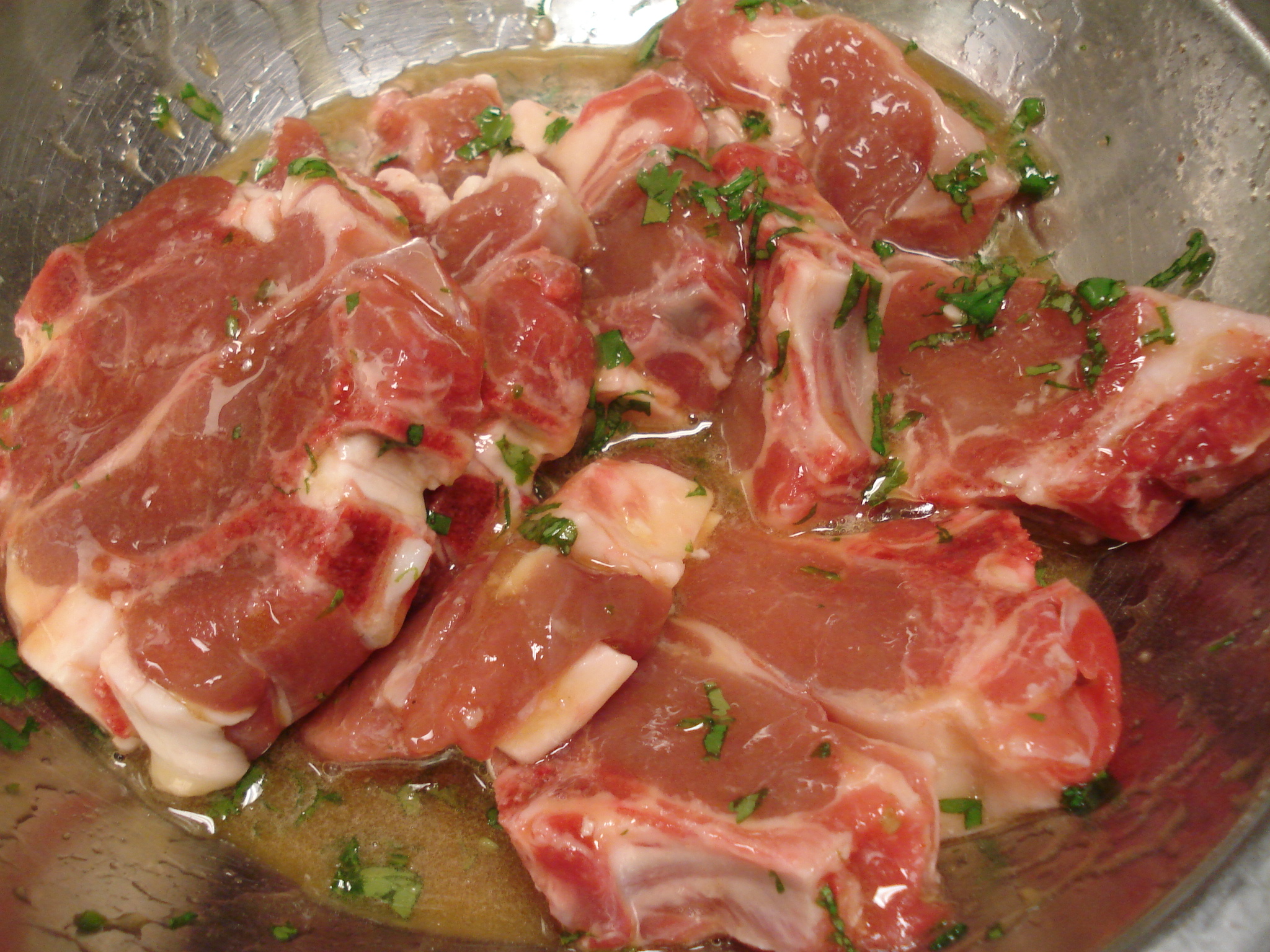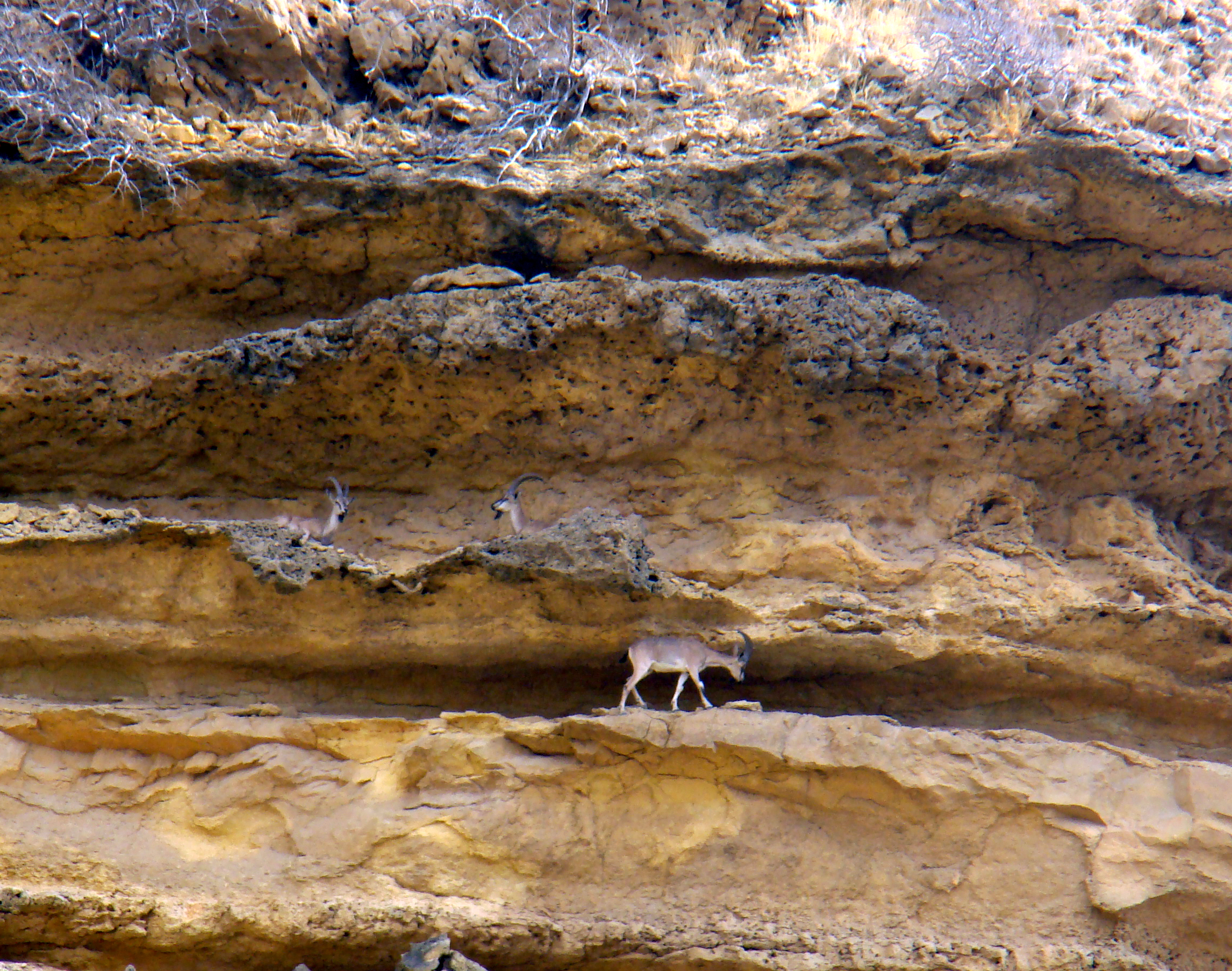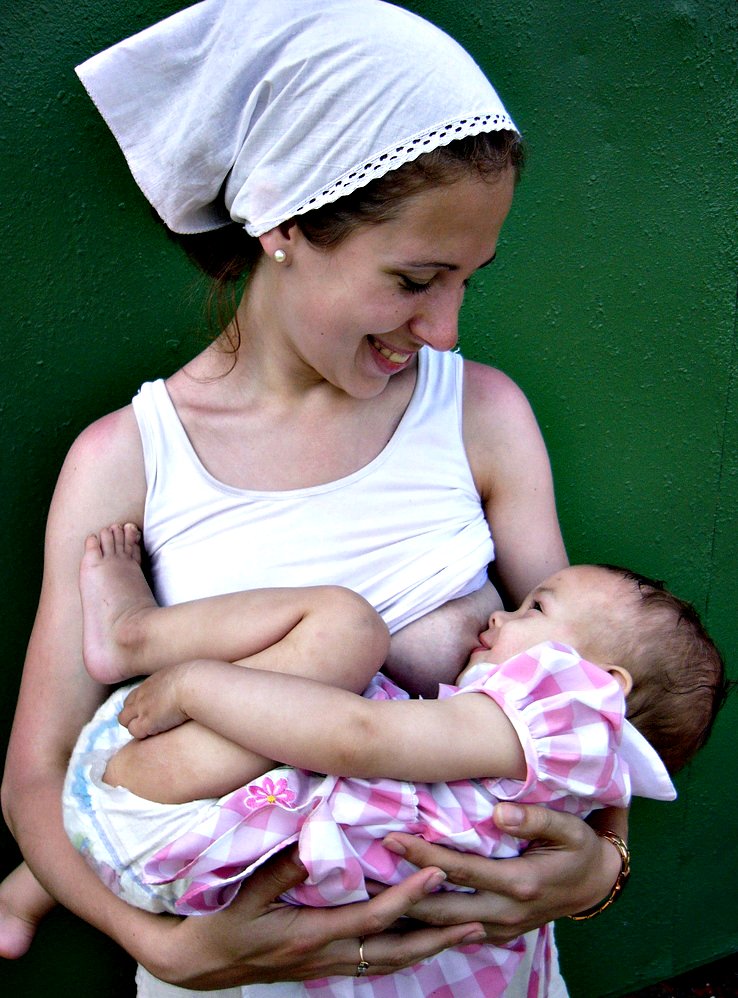|
Goats
The goat or domestic goat (''Capra hircus'') is a species of goat-antelope that is mostly kept as livestock. It was domesticated from the wild goat (''C. aegagrus'') of Southwest Asia and Eastern Europe. The goat is a member of the family Bovidae, meaning it is closely related to the sheep. It was one of the first animals to be domesticated, in Iran around 10,000 years ago. Goats have been used for milk, meat, wool, and skins across much of the world. Milk from goats is often turned into cheese. In 2022, there were more than 1.1 billion goats living in the world, of which 150 million were in India. Goats feature in mythology, folklore, and religion in many parts of the world, including in the classical myth of Amalthea, in the goats that pulled the chariot of the Norse god Thor, in the Scandinavian Yule goat, and in Hinduism's goat-headed Daksha. In Christianity and Satanism, the devil is sometimes depicted as a goat. Etymology The Modern English word ''goat'' ... [...More Info...] [...Related Items...] OR: [Wikipedia] [Google] [Baidu] |
Goat Meat
Goat meat is the meat of the domestic goat (''Capra hircus''). The term 'goat meat' denotes meat of older animals, while meat from young goats is called 'kid meat'. In South Asian cuisine, goat meat is called mutton, along with sheep meat.''Oxford English Dictionary'', 3rd edition, June 2003blend of "goat" in French and "sheep" in French, was coined in 1922 and selected by a trade association; it was adopted by the United States Department of Agriculture in 1928, however the term never caught on and is not encountered in the United States. "Cabrito", a word in Spanish and Portuguese, is the meat of a young, milk-fed goat. It is also known as chivo meat. In cuisine Goat meat is both a staple and a delicacy in the world's cuisines. The cuisines best known for their use of goat include African cuisine, Middle Eastern, Indian, Indonesian, Nepali, Bangladeshi, Pakistani, Abruzzese, Mexican, Caribbean (Jamaica), Haitian cuisine, Dominican cuisine and Ecuadorian. Cab ... [...More Info...] [...Related Items...] OR: [Wikipedia] [Google] [Baidu] |
Wild Goat
The wild goat (''Capra aegagrus'') is a wild goat species, inhabiting forests, shrublands and rocky areas ranging from Turkey and the Caucasus in the west to Turkmenistan, Afghanistan and Pakistan in the east. It has been listed as near threatened on the IUCN Red List and is threatened by destruction and degradation of habitat. It is thought to be the ancestor of the domestic goat (''C. hircus''). Taxonomy ''Capra aegagrus'' was the first scientific name proposed by Johann Christian Polycarp Erxleben in 1777 for the wild goat populations of the Caucasus and Taurus Mountains. ''Capra blythi'' (proposed by Allan Octavian Hume in 1874) was given to wild goat horns found from Sindh. Both the Bezoar ibex (''C. a. aegagrus)'' and the Sindh ibex (''C. a. blythi)'' are considered to be valid subspecies of the wild goat. There is debate as to whether or not the Chiltan ibex (''C. a. chialtanensis).'' Though it was initially thought to be a distinct subspecies, it is now considere ... [...More Info...] [...Related Items...] OR: [Wikipedia] [Google] [Baidu] |
Yule Goat
The Yule goat is a Scandinavian and Northern European Yule and Christmas symbol and tradition. Its origin is from Germanic paganism and has existed in many variants during Scandinavian history. Modern representations of the Yule goat are typically made of straw. History While its origins are unclear, a popular theory is that the celebration of the goat is connected to worship of the Norse god Thor, who rode the sky in a chariot drawn by two goats, Tanngrisnir and Tanngnjóstr; it goes back to common Indo-European beliefs. The last sheaf of grain bundled in the harvest was credited with magical properties as the spirit of the harvest and saved for the Yule celebrations, called among other things Yule goat (''Julbocken'').Schager, Karin. ''Julbocken i folktro och jultradition'' (Yule goat in Folklore and Christmas tradition), Rabén & Sjögren, 1989. This connects to ancient Slavic mythologies, proto-Slavic beliefs where the Koliada (Yule) festival honors the god of the fertile ... [...More Info...] [...Related Items...] OR: [Wikipedia] [Google] [Baidu] |
Milk
Milk is a white liquid food produced by the mammary glands of lactating mammals. It is the primary source of nutrition for young mammals (including breastfeeding, breastfed human infants) before they are able to digestion, digest solid food. Milk contains many nutrients, including calcium and protein, as well as lactose and saturated fat; the enzyme lactase is needed to break down lactose. Immune factors and immune-modulating components in milk contribute to milk immunity. The first milk, which is called colostrum, contains antibody, antibodies and immune-modulating components that milk immunity, strengthen the immune system against many diseases. As an agricultural product, Milking, milk is collected from farm animals, mostly cattle, on a dairy. It is used by humans as a drink and as the base ingredient for dairy products. The US Centers for Disease Control and Prevention, CDC recommends that children over the age of 12 months (the minimum age to stop giving breast milk or Ba ... [...More Info...] [...Related Items...] OR: [Wikipedia] [Google] [Baidu] |
Sheep
Sheep (: sheep) or domestic sheep (''Ovis aries'') are a domesticated, ruminant mammal typically kept as livestock. Although the term ''sheep'' can apply to other species in the genus '' Ovis'', in everyday usage it almost always refers to domesticated sheep. Like all ruminants, sheep are members of the order Artiodactyla, the even-toed ungulates. Numbering a little over one billion, domestic sheep are also the most numerous species of sheep. An adult female is referred to as a ''ewe'' ( ), an intact male as a ''ram'', occasionally a ''tup'', a castrated male as a ''wether'', and a young sheep as a ''lamb''. Sheep are most likely descended from the wild mouflon of Europe and Asia, with Iran being a geographic envelope of the domestication center. One of the earliest animals to be domesticated for agricultural purposes, sheep are raised for fleeces, meat ( lamb, hogget or mutton), and milk. A sheep's wool is the most widely used animal fiber, and is usually harvested by ... [...More Info...] [...Related Items...] OR: [Wikipedia] [Google] [Baidu] |
Old English
Old English ( or , or ), or Anglo-Saxon, is the earliest recorded form of the English language, spoken in England and southern and eastern Scotland in the Early Middle Ages. It developed from the languages brought to Great Britain by Anglo-Saxon settlers in the mid-5th century, and the first Old English literature dates from the mid-7th century. After the Norman Conquest of 1066, English was replaced for several centuries by Anglo-Norman language, Anglo-Norman (a langues d'oïl, type of French) as the language of the upper classes. This is regarded as marking the end of the Old English era, since during the subsequent period the English language was heavily influenced by Anglo-Norman, developing into what is now known as Middle English in England and Early Scots in Scotland. Old English developed from a set of Anglo-Frisian or Ingvaeonic dialects originally spoken by Germanic tribes traditionally known as the Angles (tribe), Angles, Saxons and Jutes. As the Germanic settlers ... [...More Info...] [...Related Items...] OR: [Wikipedia] [Google] [Baidu] |
Daksha
Daksha ( ,) is a Hindu god whose role underwent a significant transformation from Vedic mythology, ''Vedic'' to Itihasa-Purana, ''Itihasa-Puranic'' mythology. In the ''Rigveda'', Daksha is an ''Adityas, aditya'' and is associated with priestly skills. In the epics and Puranas, ''Puranic'' scriptures, he is a Mānasaputra, son of the creator-god Brahma and one of the ''Prajapati#"Prajapati" as a title, Prajapati'', the agents of creation, as well as a divine king-rishi. He is the father of many children, who became the progenitors of various creatures. According to one legend, a resentful Daksha conducted a Daksha yajna, yajna (fire-sacrifice), and deliberately did not invite his youngest daughter Sati (Hindu goddess), Sati and her husband Shiva. In the Linga Purana, for insulting Shiva during this event, which caused Sati to self-immolate in fury, he was beheaded by Virabhadra, an attendant of Shiva. He was later resurrected with the head of a goat. Many ''Puranas'' state that ... [...More Info...] [...Related Items...] OR: [Wikipedia] [Google] [Baidu] |
Modern English
Modern English, sometimes called New English (NE) or present-day English (PDE) as opposed to Middle and Old English, is the form of the English language that has been spoken since the Great Vowel Shift in England England is a Countries of the United Kingdom, country that is part of the United Kingdom. It is located on the island of Great Britain, of which it covers about 62%, and List of islands of England, more than 100 smaller adjacent islands. It ..., which began in the late 14th century and was completed by the 17th century. With some differences in vocabulary, texts that date from the early 17th century, such as the works of William Shakespeare and the King James Bible, are considered Modern English, or more specifically, Early Modern English or Elizabethan era, Elizabethan English. Through colonization, English was adopted in many regions of the world by the British Empire, such as Anglo-America, the Indian subcontinent, Africa, Australia and New Zealand. Mod ... [...More Info...] [...Related Items...] OR: [Wikipedia] [Google] [Baidu] |
Neolithic
The Neolithic or New Stone Age (from Ancient Greek, Greek 'new' and 'stone') is an archaeological period, the final division of the Stone Age in Mesopotamia, Asia, Europe and Africa (c. 10,000 BCE to c. 2,000 BCE). It saw the Neolithic Revolution, a wide-ranging set of developments that appear to have arisen independently in several parts of the world. This "Neolithic package" included the History of agriculture, introduction of farming, domestication of animals, and change from a hunter-gatherer lifestyle to one of sedentism, settlement. The term 'Neolithic' was coined by John Lubbock, 1st Baron Avebury, Sir John Lubbock in 1865 as a refinement of the three-age system. The Neolithic began about 12,000 years ago, when farming appeared in the Epipalaeolithic Near East and Mesopotamia, and later in other parts of the world. It lasted in the Near East until the transitional period of the Chalcolithic (Copper Age) from about 6,500 years ago (4500 BCE), marked by the development ... [...More Info...] [...Related Items...] OR: [Wikipedia] [Google] [Baidu] |
Tanngrisnir And Tanngnjóstr
Tanngrisnir (Old Norse: , literal meaning "teeth grinder" or "one that grinds teeth") and Tanngnjóstr (, "teeth thin", or "one that has gaps between the teeth") are the goats who pull the chariot of the god Thor in Norse mythology. They are attested in the ''Poetic Edda'', compiled in the 13th century from earlier traditional sources, and the ''Prose Edda'', written by Snorri Sturluson in the 13th century. The ''Prose Edda'' relates that when Thor cooks the goats, their flesh provides sustenance for the god, and, after Thor resurrects them with his hammer, Mjölnir, they are brought back to life the next day. According to the same source, Thor once stayed a night at the home of peasant farmers and shared with them his goat meal, yet one of their children, Þjálfi, broke one of the bones to suck out the marrow, resulting in the lameness of one of the goats upon resurrection. As a result, Thor maintains Þjálfi and his sister Röskva as his servants. Scholars have linked the ... [...More Info...] [...Related Items...] OR: [Wikipedia] [Google] [Baidu] |
Proto-Germanic Language
Proto-Germanic (abbreviated PGmc; also called Common Germanic) is the reconstructed proto-language of the Germanic branch of the Indo-European languages. Proto-Germanic eventually developed from pre-Proto-Germanic into three Germanic branches during the fifth century BC to fifth century AD: West Germanic, East Germanic and North Germanic. North Germanic remained in contact with the other branches over a considerable time, especially with the Ingvaeonic languages (including English), which arose from West Germanic dialects, and had remained in contact with the Norse. A defining feature of Proto-Germanic is the completion of the process described by Grimm's law, a set of sound changes that occurred between its status as a dialect of Proto-Indo-European and its gradual divergence into a separate language. The end of the Common Germanic period is reached with the beginning of the Migration Period in the fourth century AD. The alternative term " Germanic parent langua ... [...More Info...] [...Related Items...] OR: [Wikipedia] [Google] [Baidu] |
Dutch Language
Dutch ( ) is a West Germanic languages, West Germanic language of the Indo-European language family, spoken by about 25 million people as a first language and 5 million as a second language and is the List of languages by total number of speakers, third most spoken Germanic language. In Europe, Dutch is the native language of most of the population of the Netherlands and Flanders (which includes 60% of the population of Belgium). "1% of the EU population claims to speak Dutch well enough in order to have a conversation." (page 153). Dutch was one of the official languages of South Africa until 1925, when it was replaced by Afrikaans, a separate but partially Mutual intelligibility, mutually intelligible daughter language of Dutch. Afrikaans, depending on the definition used, may be considered a sister language, spoken, to some degree, by at least 16 million people, mainly in South Africa and Namibia, and evolving from Cape Dutch dialects. In South America, Dutch is the native l ... [...More Info...] [...Related Items...] OR: [Wikipedia] [Google] [Baidu] |









